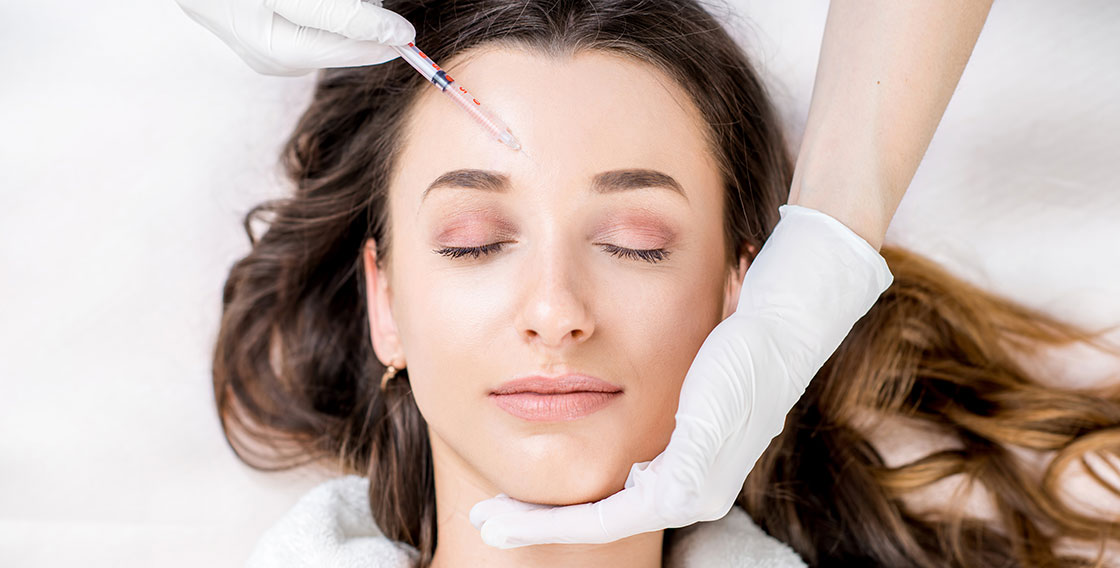Chronic migraine is a condition that can significantly affect daily life, characterized by frequent and often debilitating headaches. For those who experience 15 or more headache days a month, finding a path to fewer headache days is a primary goal. One management option that has gained attention is the use of onabotulinumtoxinA, commonly known as Botox. Understanding how using Botox for migraines works and what to expect can help you have more informed conversations with your healthcare provider about your migraine management plan.
What Causes Chronic Migraines?
The specific origins of chronic migraines are complex and not fully understood by researchers. A combination of genetic predispositions and environmental factors seems to play a role in their development. During a migraine attack, certain nerves release chemicals called neurotransmitters, which send pain signals to the brain. This process can lead to intense, throbbing pain and other symptoms associated with migraines.
People with chronic migraine have a lower threshold for triggering these pain signals. This heightened sensitivity in the nervous system means that headaches occur more frequently and can become a near-constant presence. This cycle of repeated activation can make the nervous system even more sensitive over time, contributing to the pattern of 15 or more headache days per month.
How Does Botox Provide Relief?
Botox offers a unique approach to managing migraines, working as a preventive measure rather than a reactive treatment. Instead of addressing headaches after they start, Botox for migraines targets the root cause by reducing overactive nerve signaling that triggers migraine pain. Here’s how it works:
- How it works: Botox blocks the release of neurotransmitters that send pain signals from the nerves to the brain, preventing migraines from starting.
- Injection sites: Administered in specific muscles in the forehead, temples, back of the head, neck, and upper back – areas where nerve endings linked to migraine pain are located.
- Goal of treatment: To reduce the number of headache days by calming overactive nerve activity that leads to migraine attacks.
This proactive treatment strategy seeks to improve the quality of life for individuals with chronic migraines by targeting the problem at its source before severe pain takes hold.
How Long Do Results Last?
The effects of Botox for migraines are not permanent. The treatment is typically administered once every 12 weeks. Some individuals report a reduction in headache frequency and severity within the first few weeks after their initial treatment session. For others, it may take a second or even a third round of injections to notice a meaningful change in their headache patterns.
Because the effects wear off over time, consistent treatment sessions every three months are generally recommended to maintain any benefits. Following a regular treatment schedule helps to keep the nerve signaling pathways blocked. This can contribute to a sustained reduction in the number of headache days you experience each month. Your physician will work with you to determine the most appropriate treatment schedule for your specific needs.
Review Botox for Migraines
Managing chronic migraine often involves exploring different options to find what works best for you. Botox for migraines offers a preventive approach that works by blocking pain signals before they lead to a headache. Its effects typically last for about three months, with treatments scheduled regularly to maintain results. Discussing this option with your doctor can help you determine if it is a suitable path for your migraine management. A healthcare professional can provide personalized guidance and help you explore all available avenues for relief.


Leave a Reply